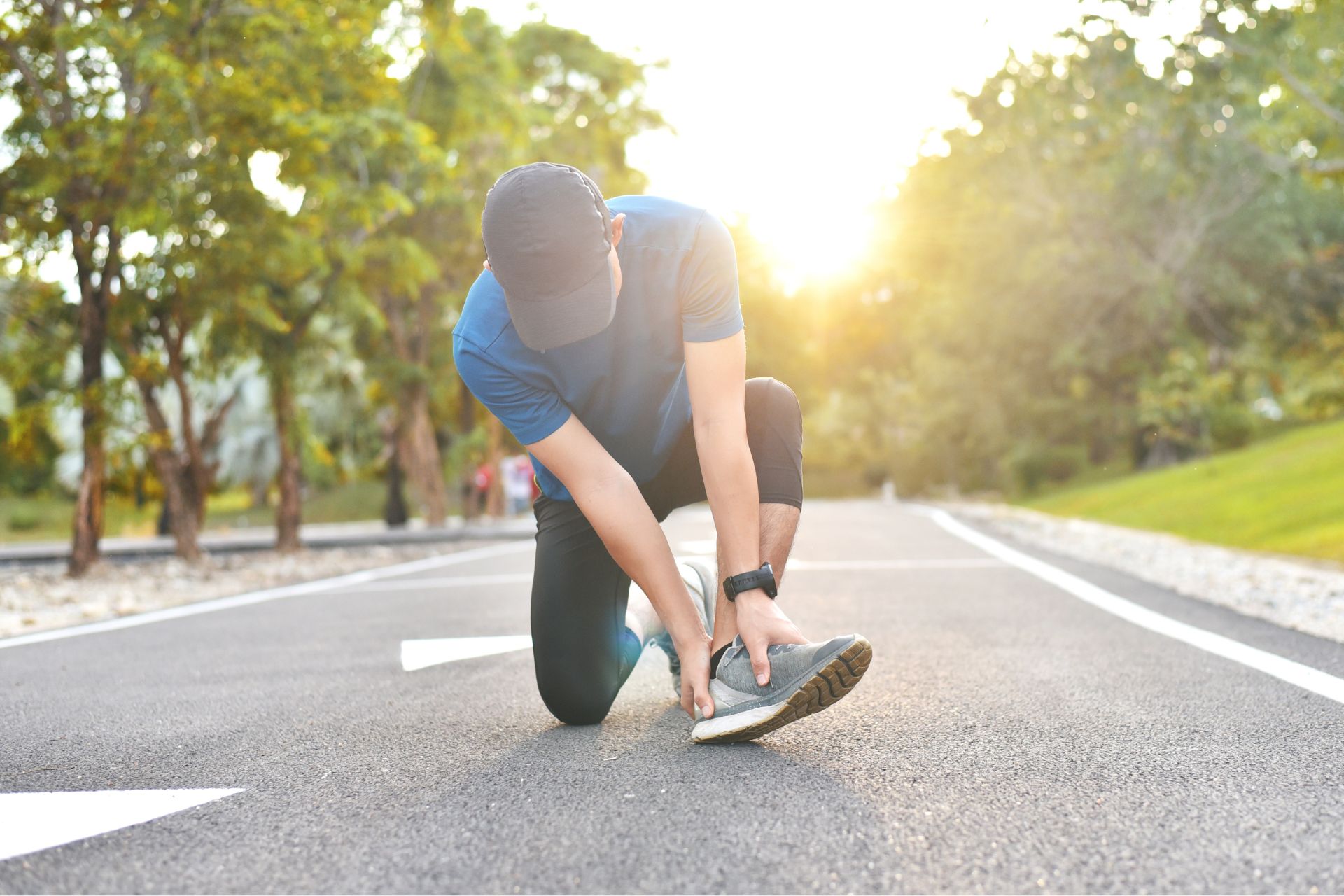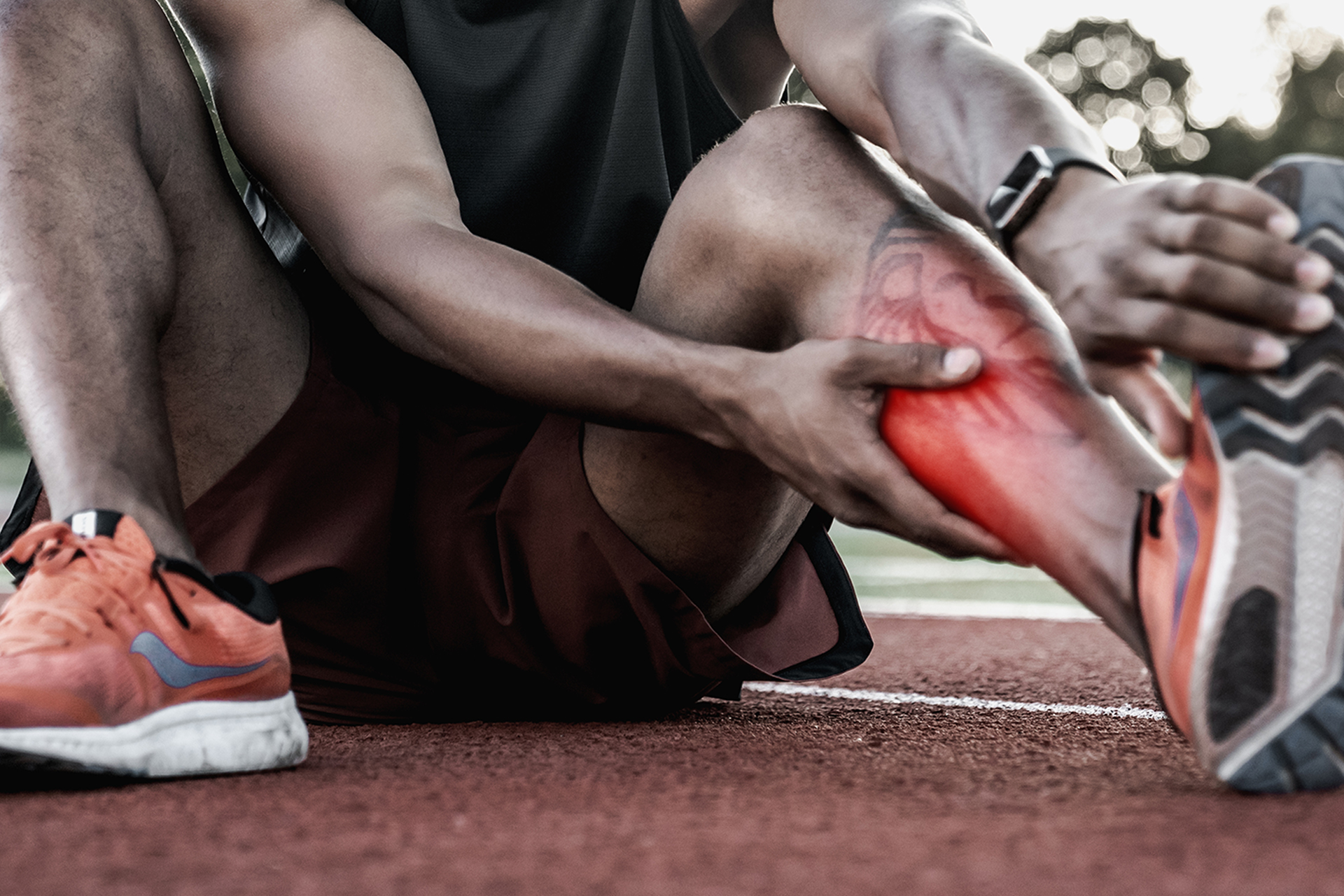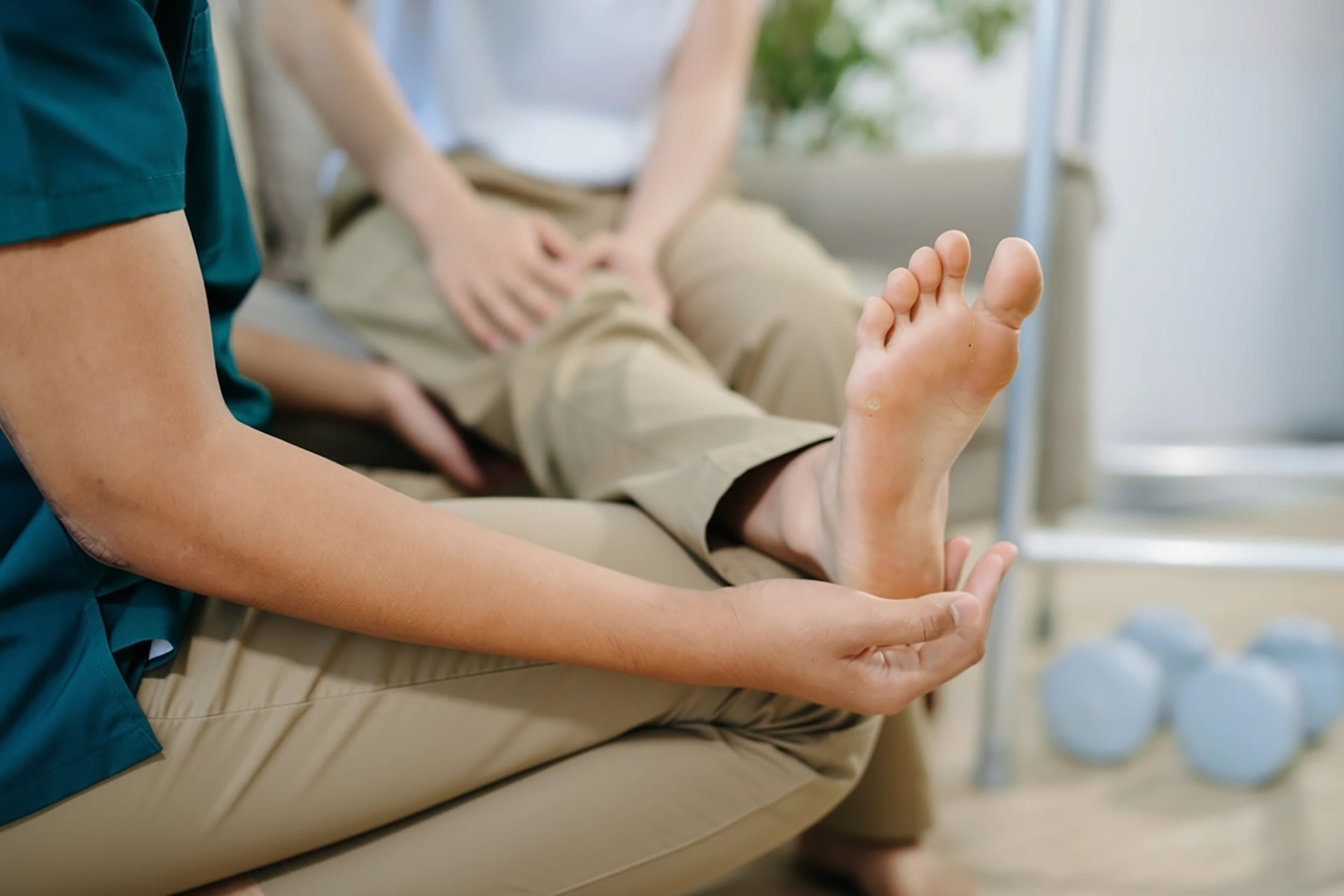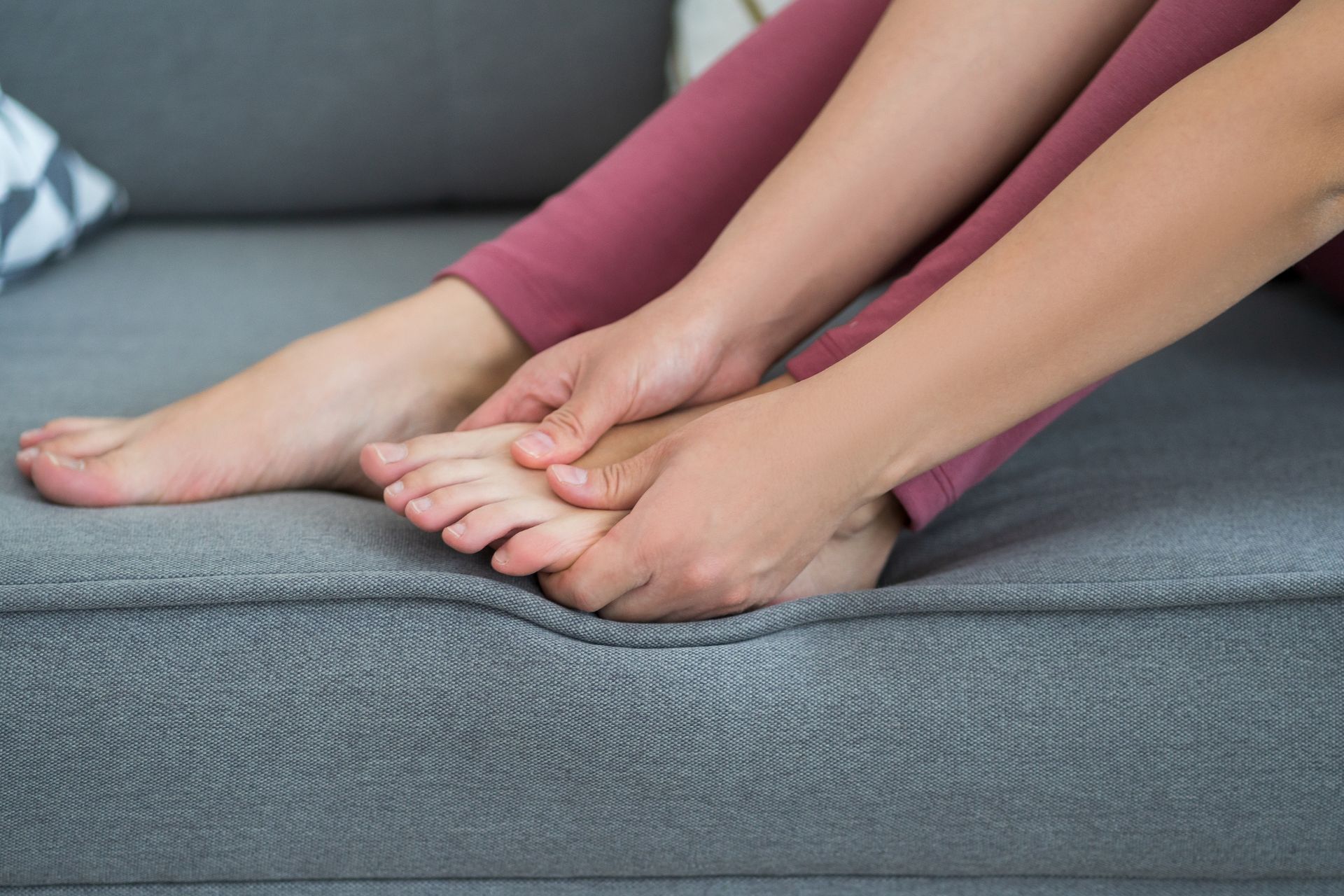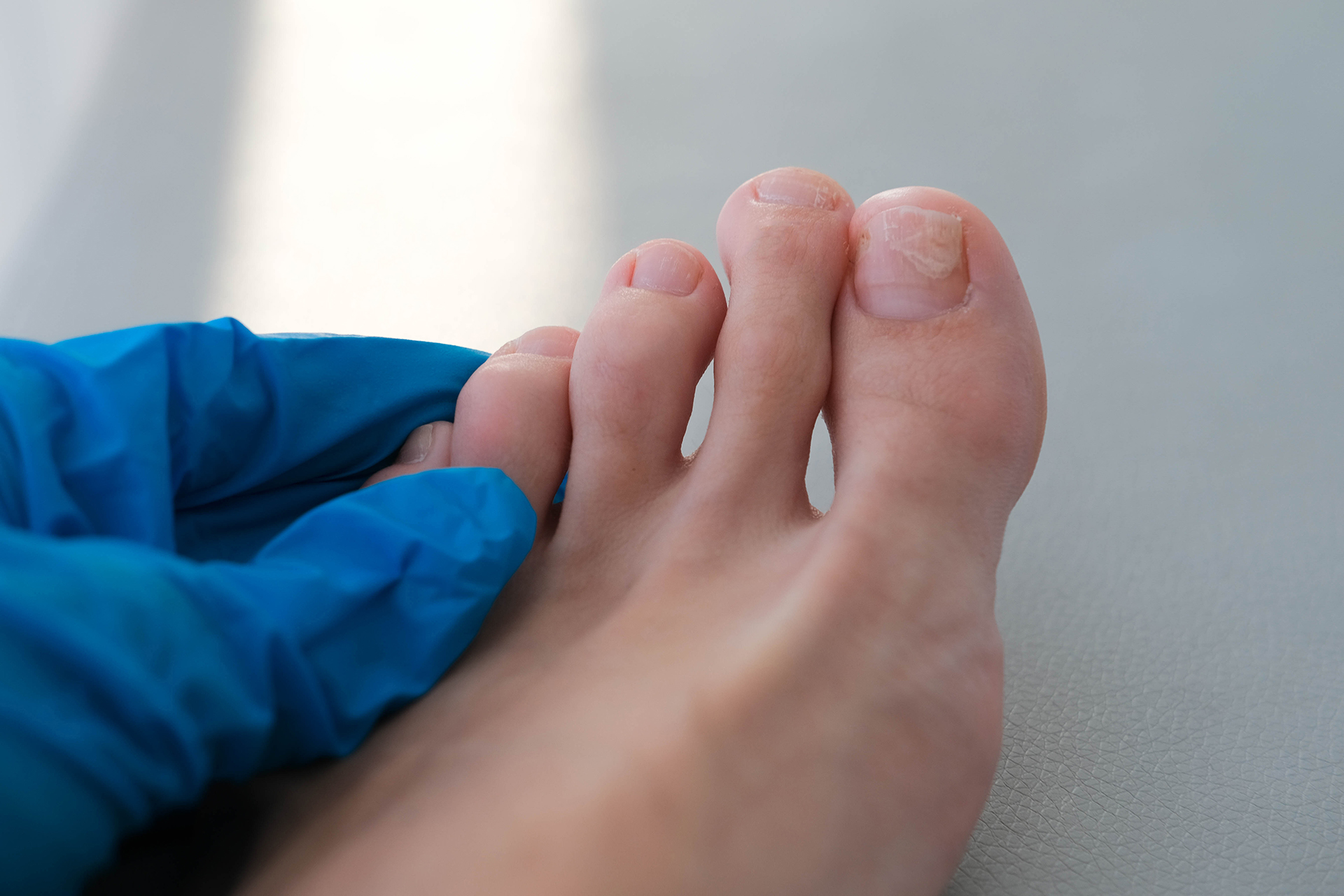For many runners, the rhythmic pounding of feet on the pavement is a consistent source of joy and stress relief. But when each step brings a sharp pain in the heel, that joy can quickly turn to frustration. Retrocalcaneal bursitis, a condition often plagues runners, can transform a routine jog into an ordeal. While it’s commonly associated with middle-aged and elderly patients, this nagging inflammation doesn’t discriminate, affecting athletes of all ages who push their limits on the track or trail.
Retrocalcaneal bursitis is an inflammation of the small, fluid-filled sac (bursa) between the Achilles tendon and the calcaneus, or heel bone. This bursa is a cushion, reducing friction as the tendon moves while walking or running. If the bursa is irritated or inflamed, significant discomfort can occur that impairs a runner’s ability to train or compete.
The hallmark of retrocalcaneal bursitis is pain around the Achilles tendon insertion. This retrocalcaneal bursitis symptom often manifests as a burning or aching sensation at the back of the heel, typically most intense at the start of a run. Interestingly, many find that the pain diminishes as they continue their activity, only to return with a vengeance once they cool down. This seemingly innocuous pattern can be deceptive, leading some athletes to push through the initial discomfort, potentially exacerbating the condition.
As Retrocalcaneal Bursitis Progresses
As the condition progresses, the impact on daily life becomes more pronounced. Patients may develop a noticeable limp, favouring the affected foot to avoid pressure on the painful area. Putting on shoes can become an endurance exercise, as the rigid back of many running shoes presses directly against the inflamed bursa. This inability to comfortably wear their usual footwear can be particularly distressing for dedicated runners, who are used to trusting their shoes as their steadfast running companions.
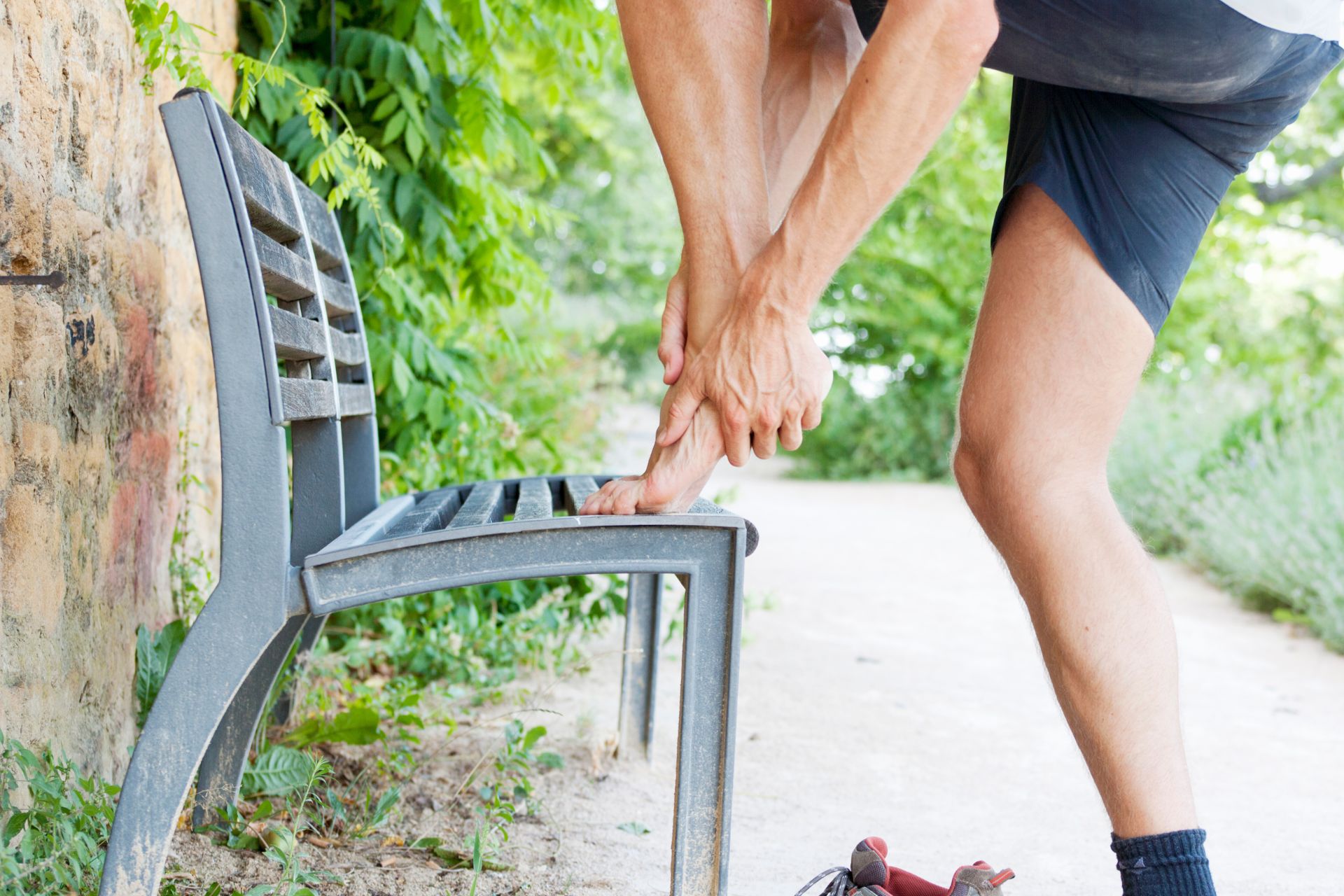
Outside of the limp, other visual cues can accompany the pain of retrocalcaneal bursitis. Upon examination, the area around the Achilles tendon insertion may appear swollen and red. A characteristic enlargement, often called a ‘pump bump’, may be visible at the back of the heel. This prominence is not just a cosmetic concern; it’s a physical manifestation of the ongoing inflammation and signals potential bone changes in the area.
An examination may involve palpation or using fingers and hands to apply pressure to the afflicted area. Palpation typically reproduces the patient’s retrocalcaneal bursitis symptoms, with tenderness noted not only over the retrocalcaneal bursa but often extending to a second bursa located between the Achilles tendon and the skin. This superficial bursa can also become inflamed, compounding the patient’s discomfort.
Straightforward Diagnosis, Multifaceted Management Approach
Imaging studies play a crucial role in a definitive diagnosis. A radiograph of the heel and foot often reveals more than just soft tissue swelling. In many cases, it may show calcification of the distal Achilles tendon or a bone spur on the superior aspect of the calcaneus. This bony prominence, known as a Haglund deformity, can contribute to the development and persistence of retrocalcaneal bursitis by creating unwanted, additional friction against the bursa and tendon.
While diagnosing retrocalcaneal bursitis may be straightforward, effective management requires a multifaceted approach. Modern management of this condition typically begins with a diagnostic ultrasound examination so clinicians can visualise the soft tissues in real time, assessing the degree of inflammation and any structural changes in the bursa or surrounding tissues.
Many specialists incorporate a 3D gait analysis into their diagnostic and planning process after the ultrasound. This sophisticated assessment goes beyond simply watching a patient walk or run. Advanced motion capture technology provides a detailed breakdown of an individual’s biomechanics, highlighting any abnormalities in foot strike, ankle motion, or overall gait pattern contributing to bursitis.
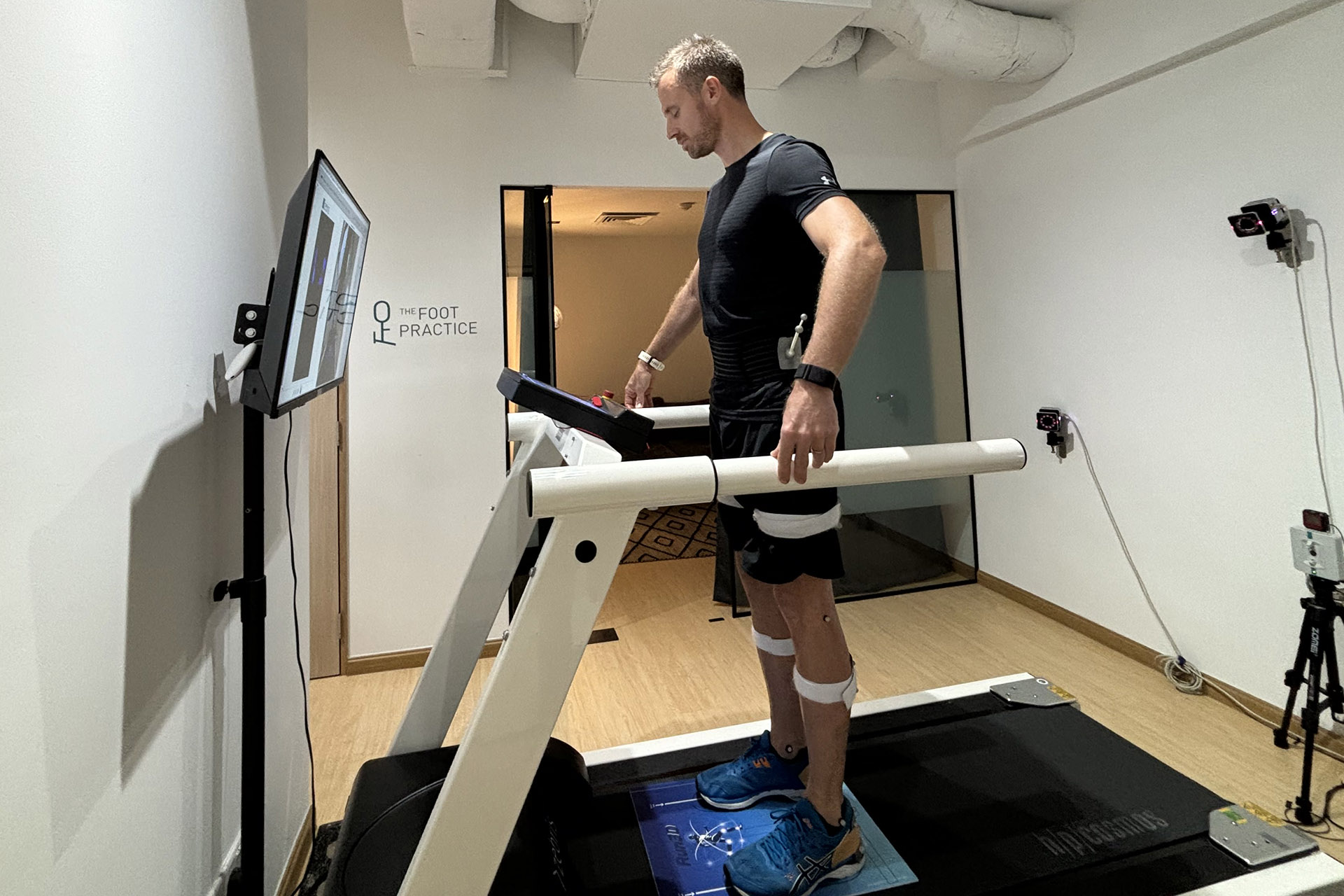
The insights gained from gait analysis are invaluable in guiding the recovery process, particularly regarding the design and prescription of orthoses. Custom orthotic devices can help redistribute pressure away from the inflamed bursa, correct any underlying biomechanical issues, and provide the support needed to prevent excessive strain on the Achilles tendon during running. This is critical in preventing retrocalcaneal bursitis from recurring; if the patient’s gait isn’t corrected, they could recreate the problem or exacerbate other issues.
Returning to Running
It may be tempting to dive straight back into running. Still, effective management of retrocalcaneal bursitis involves a tailored and measured physical therapy program under the expert guidance of a podiatrist. This program typically integrates various intervention modalities designed to reduce inflammation, enhance flexibility, and strengthen the muscles that support the ankle and foot. Fundamental techniques include manual therapy to manipulate and mobilise the soft tissues and joints and eccentric strengthening exercises that focus on lengthening the muscles.
The podiatrist is instrumental in developing a graduated return-to-running program for athletes keen to return to their sport. This structured approach helps maintain cardiovascular fitness during the recovery phase and ensures that the healing tissues are gradually accustomed to the stresses of running. By carefully increasing activity levels, this programme helps prevent the recurrence of bursitis while supporting a safe, sustainable return to training schedules.
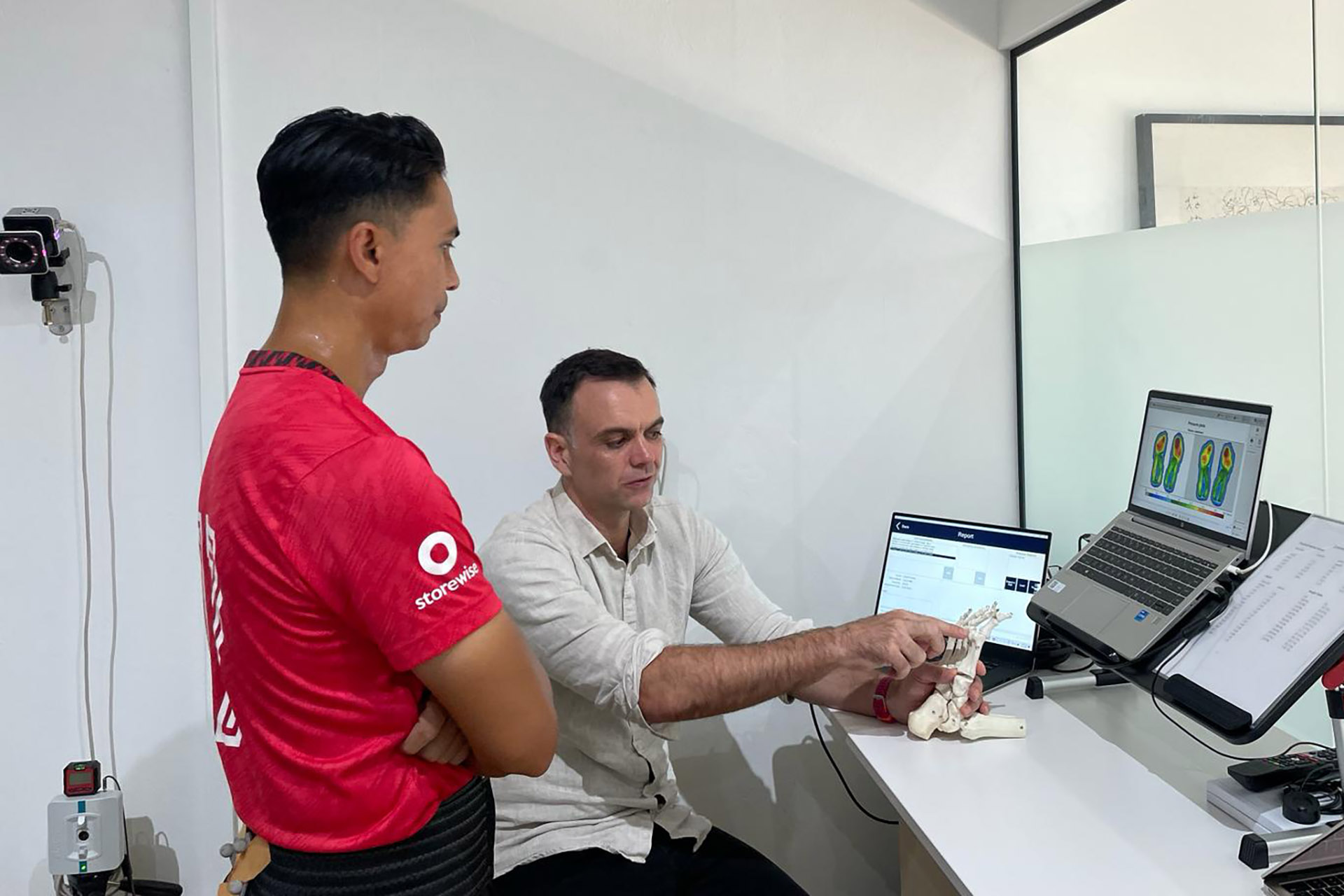
Accurate diagnosis through ultrasound, personalised biomechanical assessment via 3D gait analysis, custom orthoses, and targeted physiotherapy can often resolve the pain and symptoms of retrocalcaneal bursitis over a relatively short period. Many patients find they can return to pain-free walking and, eventually, running within weeks to months, depending on their condition’s severity and adherence to the recovery plan.
As always, prevention is preferable to cure. By paying attention to their training habits, runners can reduce their risk of developing retrocalcaneal bursitis. Gradual increases in mileage, proper warm-up and cool-down routines, and regular stretching of the calf muscles and Achilles tendon can all help minimise the risk of overuse injuries.
Footwear choice also plays a significant role in developing and preventing retrocalcaneal bursitis. Runners should be mindful of shoe fit, particularly around the heel counter. Shoes that are too tight or have a rigid heel cup can exacerbate pressure on the bursa. Conversely, shoes with a softer or more accommodating heel area may relieve those prone to this condition.
While retrocalcaneal bursitis can be a significant setback for runners, recovery is far from impossible. With the right combination of diagnostic techniques, personalised approaches, and patient education, most individuals can overcome this condition and return to their beloved sport. The key lies in early recognition of symptoms, prompt seeking of professional help, and a commitment to the rehabilitation process. If you’re experiencing pain around the Achilles tendon, make an appointment today with our expert podiatry team at The Foot Practice for an initial consultation and assessment.

